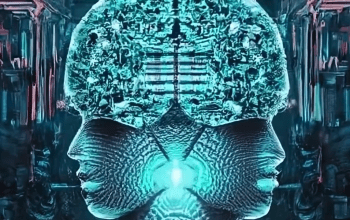Text-to-video AI tools like Sora hold immense potential for transforming various industries, including entertainment, marketing, and education. However, their deployment also raises significant ethical and sociological concerns:
- Misinformation and Manipulation: One of the most pressing concerns is the potential for misuse of text-to-video AI tools to spread misinformation and manipulate public opinion. With the ability to generate realistic videos from written prompts, there’s a risk of creating convincing fake news or propaganda videos that could deceive and manipulate viewers.
- Erosion of Trust: The proliferation of AI-generated videos could lead to a decline in trust in visual media. As viewers become increasingly aware of the existence of such tools, they may question the authenticity of all videos, leading to a loss of trust in genuine content.
- Privacy Violations: Text-to-video AI tools raise privacy concerns, especially if they are used to create videos using personal data without consent. There’s a risk of unauthorized surveillance or the creation of deepfake videos using individuals’ images without their knowledge or consent, leading to privacy violations and potential harm to individuals’ reputations.
- Bias and Discrimination: AI models are trained on existing data, which may contain biases inherent in society. If not properly addressed, these biases can manifest in AI-generated videos, perpetuating stereotypes, discrimination, and inequality.
- Impact on Employment: The widespread adoption of text-to-video AI tools could disrupt industries that rely on human creativity and labor, such as video production and animation. This could lead to job displacement and economic inequality if adequate measures are not taken to support affected workers.
- Psychological Impact: AI-generated videos may have psychological effects on viewers, particularly if they are indistinguishable from genuine content. The proliferation of fake videos could lead to confusion, anxiety, and a blurring of the line between reality and fiction.
- Regulatory Challenges: Regulating the use of text-to-video AI tools presents significant challenges for policymakers. Balancing freedom of expression with the need to protect against misinformation and manipulation requires careful consideration and collaboration between governments, tech companies, and civil society.
Addressing these concerns requires a multi-stakeholder approach involving policymakers, technology developers, researchers, and civil society organizations. Measures such as transparency in AI development, robust content moderation, education on media literacy, and ethical guidelines for AI use are essential to mitigate the negative impacts of text-to-video AI tools while maximizing their potential benefits.

